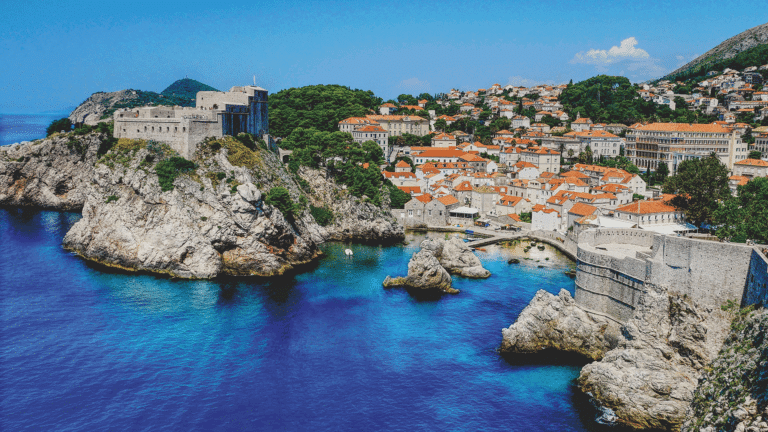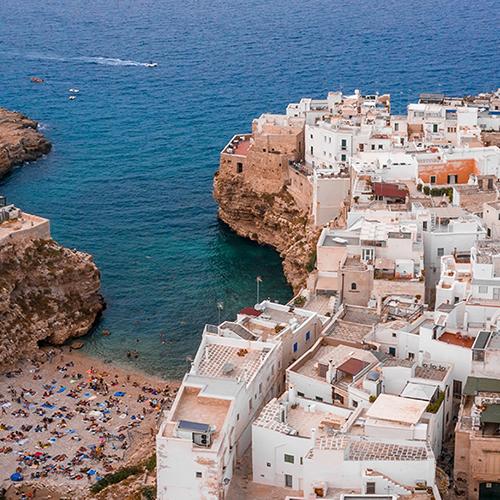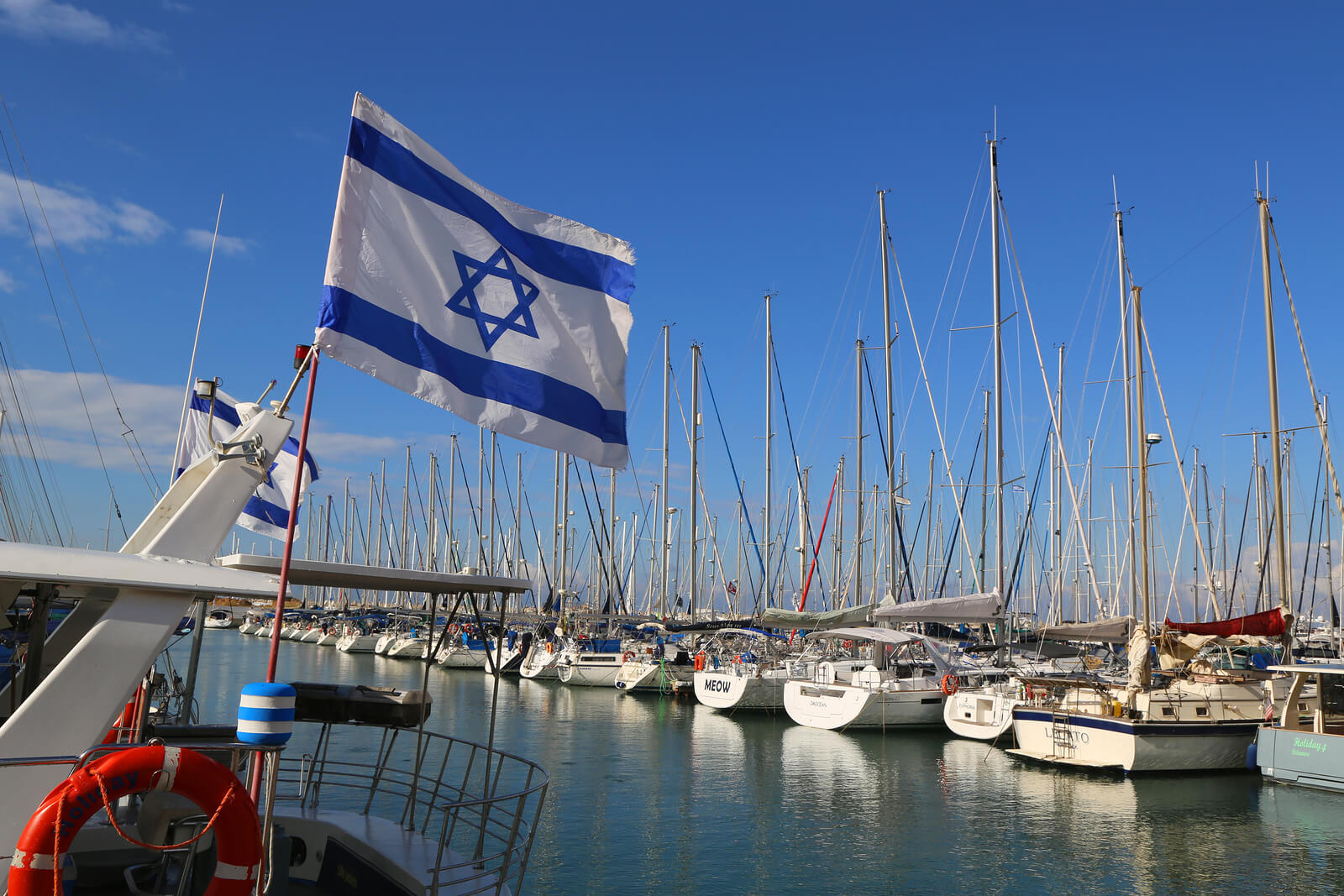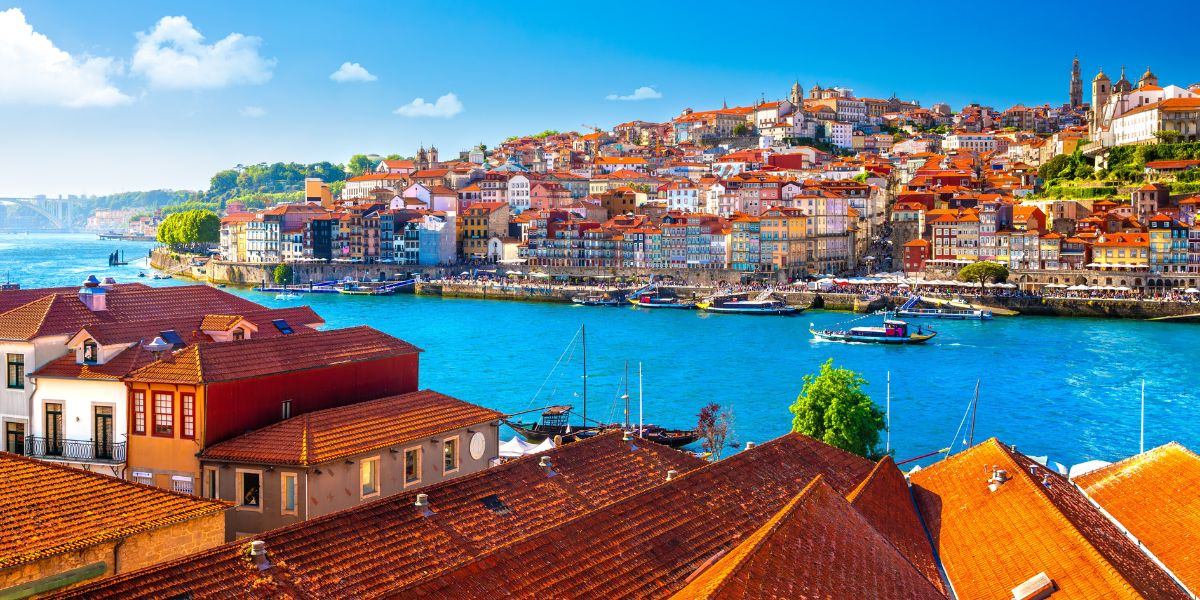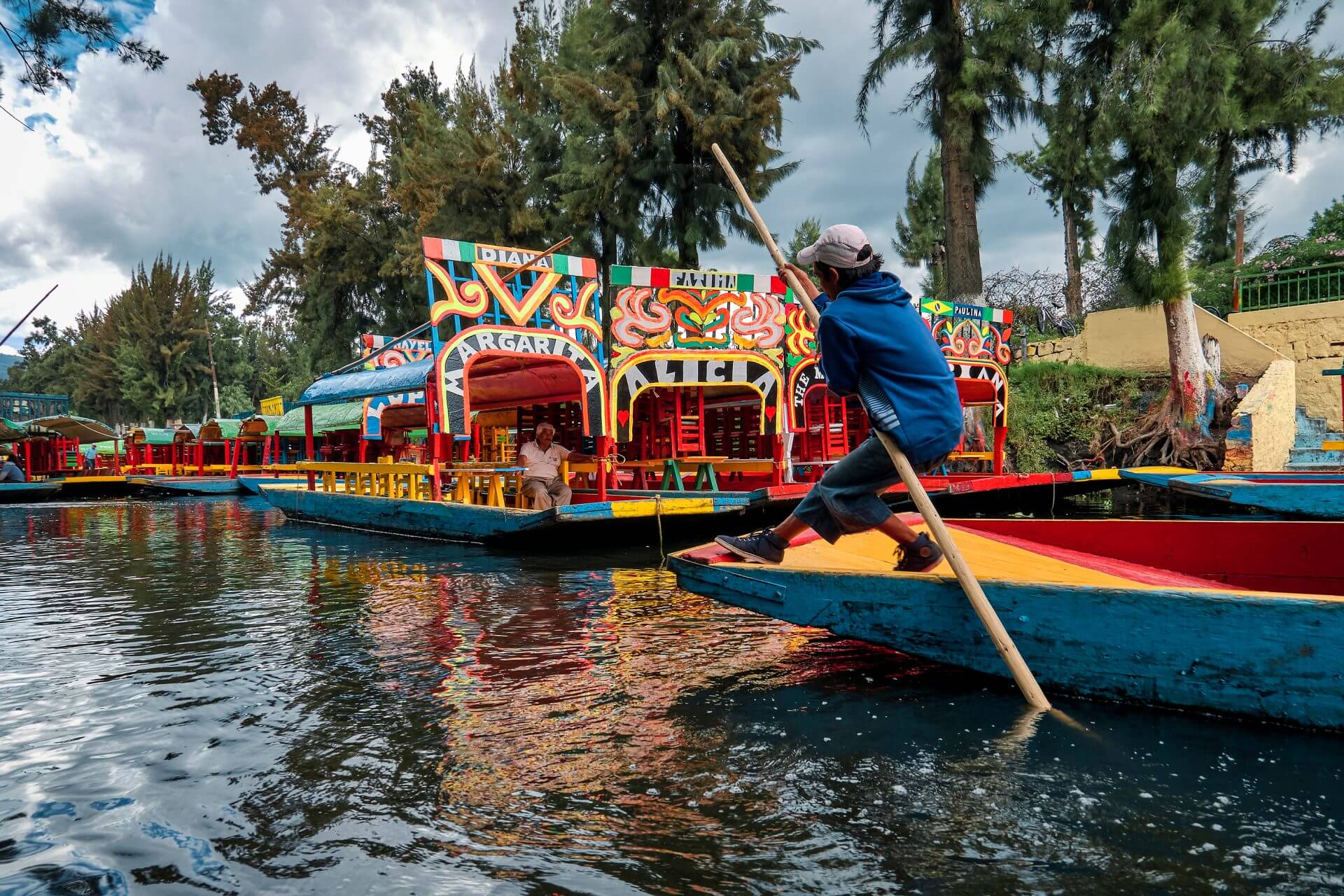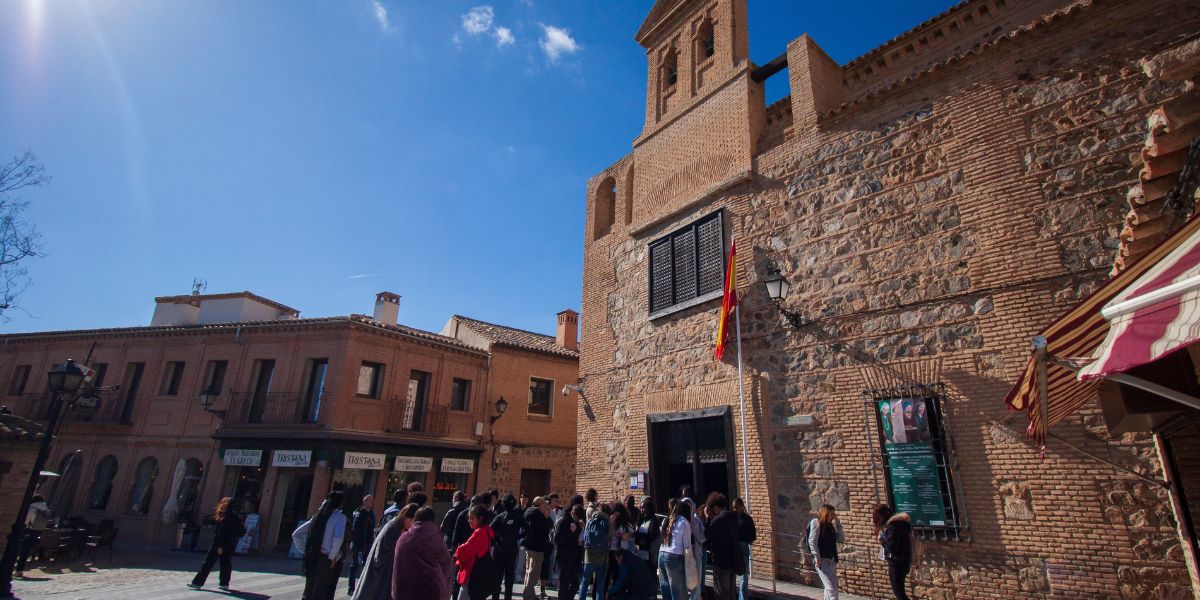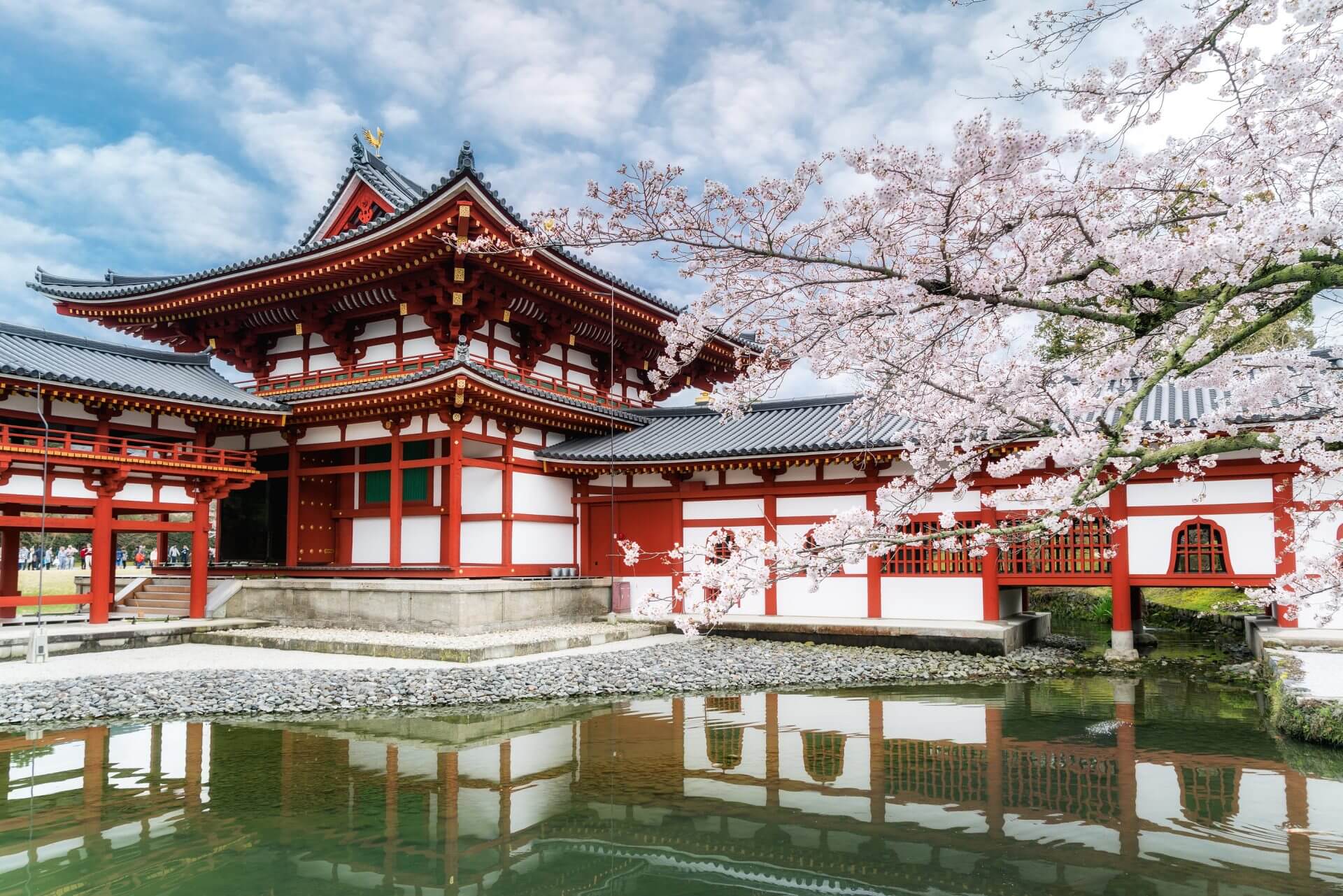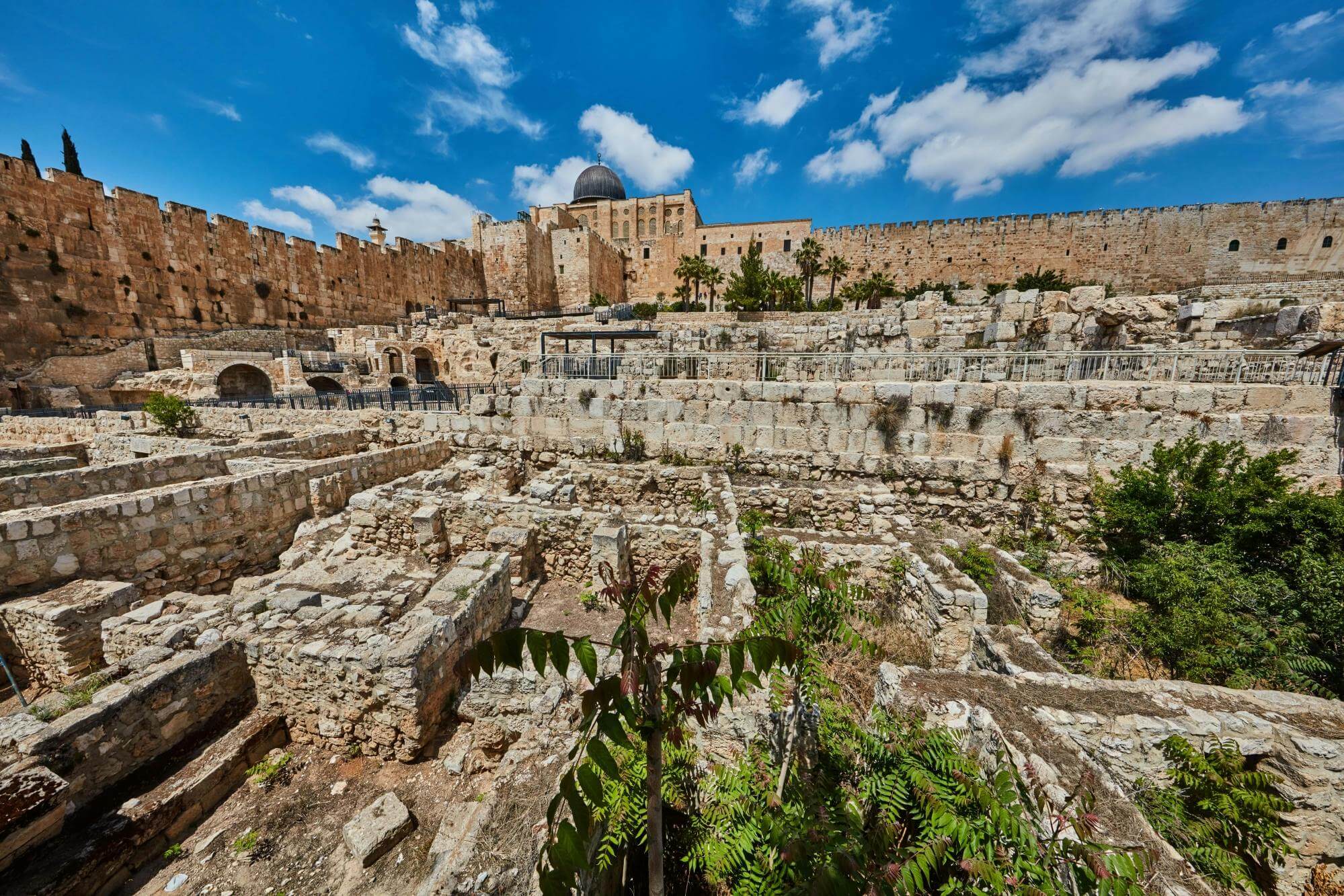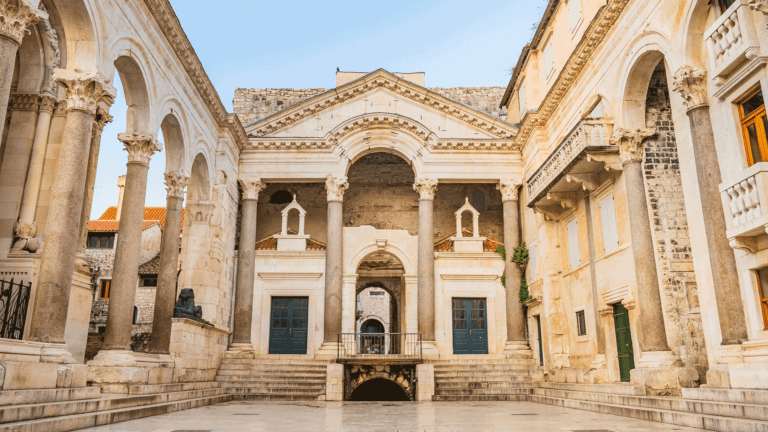The Israel National Trail is a perfect opportunity for those who want to enjoy the beauty of Israel, its nature, and all its sides. The trail is a great opportunity to meet friendly Israelis along the way and spend time with the welcoming locals in kibbutzim, and explore the unique outside the city culture.
Opened in 1995, this path, named one of National Geographic’s most epic trails, goes across the entire country. It’s 1,015 kilometers long and takes around 45 to 60 days to finish. It goes all the way from the Lebanese border at Dan to Eilat on the Red Sea. You can do the whole thing at once or take smaller sections that can be completed in a few days.
How long does it take to hike the Israel National Trail?
This depends on your pace. The Israel National Trail is about 683 miles (1015 km) long and it can take between 45-60 days in total. You can do it in parts or all at once. Some people like travel one section each weekend which makes it a full-year journey.
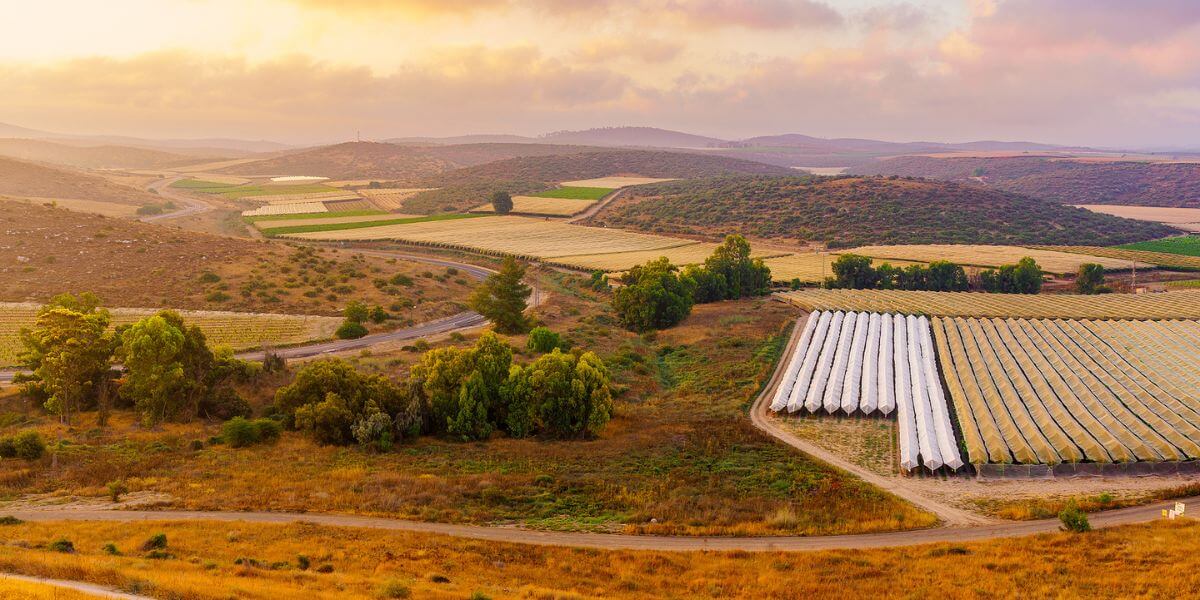
Yet making the trail in one long almost 2 month trip does require lots of preparation where some would go in advance and hide food and water along the trail in advance. In recent years with greater interest from travelers, some people along the trail have started greeting the travelers giving them place to rest, sleep, and eat, these people are called trail angels and they make the trail easier if one needs help.
Is the National Israeli Trail safe?
Israel is safe in general and so are its beautiful natural wonders. The Israel National Trail is quite safe and doesn’t pass close to any areas that are dangerous. The trail is very well-marked with the colors white orange and blue, so it is in general a safe hike.
When is the best time to visit the Israeli National Trail?
The best time to visit the Israel National Trail is between October and May. Outside of that time period, it is often too hot to hike, especially if you are in the hotter south. If your only choice is to hike in the Summer, you can stick to areas in the north or central part of Israel and try to only take short hikes.
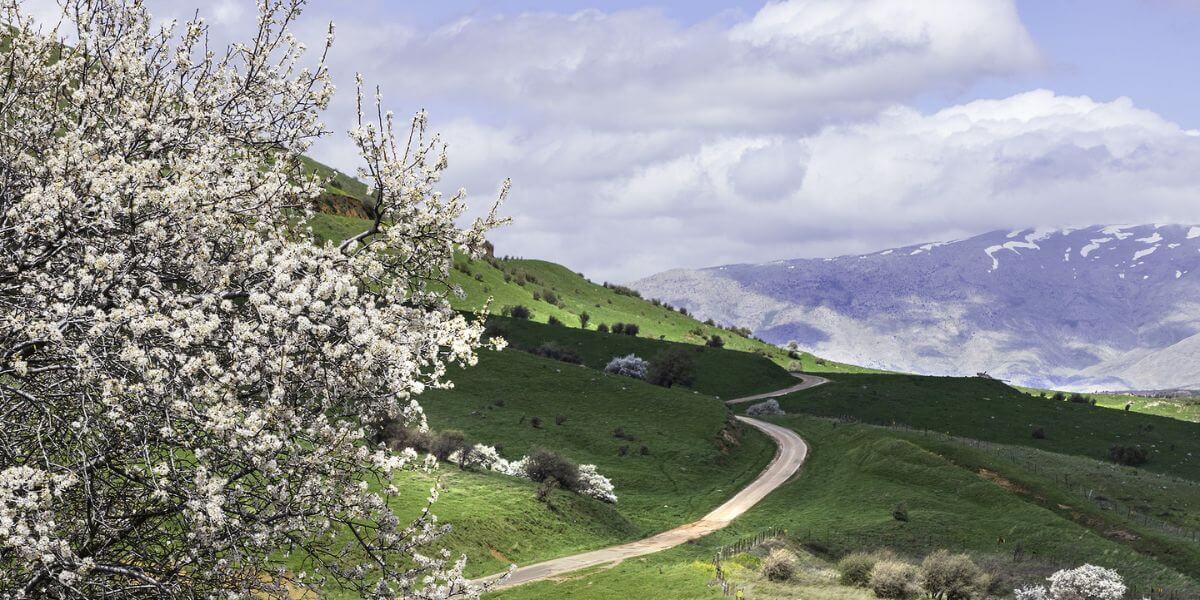
Can you bike on the Israel National Trail?
The Israel National Trail has its own bike path called the Israel National Bike Trail which is perfect for mountain bikers who want to explore the country. The trail will eventually be 1000 kilometers of marked bicycle trail on a similar route as the walking trail.
Check out other bike trails in Israel here.
Naftali Ridge and Ramim Cliffs
This section on the Israel National Trail starts in the Upper Galilee, on the eastern slopes of the Ramim Cliffs, where hikers pass through several walking routes and dirt roads while enjoying the beautiful springs along the way. From the observation points, they can observe the Hula Valley and the planted forests, while in autumn, the trail gets covered in flowers, especially crocus and cyclamens.
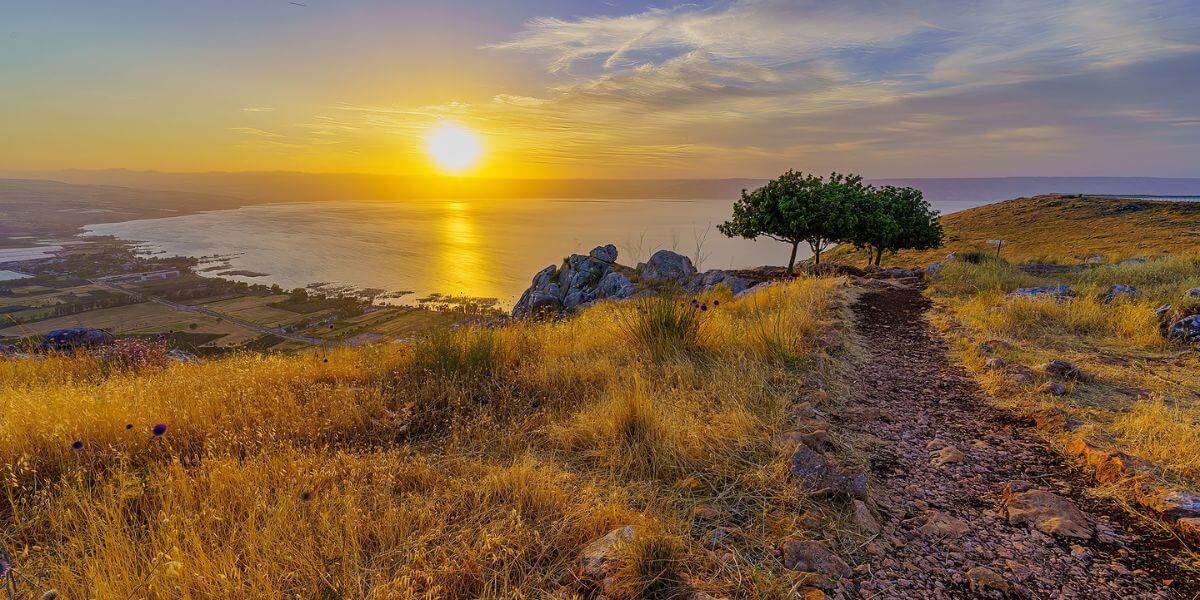
Kadesh Ili Stream and Yesha Fortress
Continuing the journey through the Upper Galilee, the hikers are now at the bottom of the canyon, walking on the path that stretches in the shadow of the treetop canopy. For one of the best viewpoints in Israel of the ravine, they can climb the rock steps up the bank of Kadesh stream. The trail then continues to Yesha Fortress and the tomb of Nebi Yusha.
Meron Stream to Shema Ruins
Onward hikers go to a wonderful circular trail on the eastern slopes of Mount Meron, passing through Meron Stream, Meron Ili Stream, Ein Zeved, Elijah’s Chair (a column resembling a chair) the Shema ruins, and back to the start. During spring and summer, hikers can see a variety of rich blossoms and raspberries that cover this Israel National Trail section.
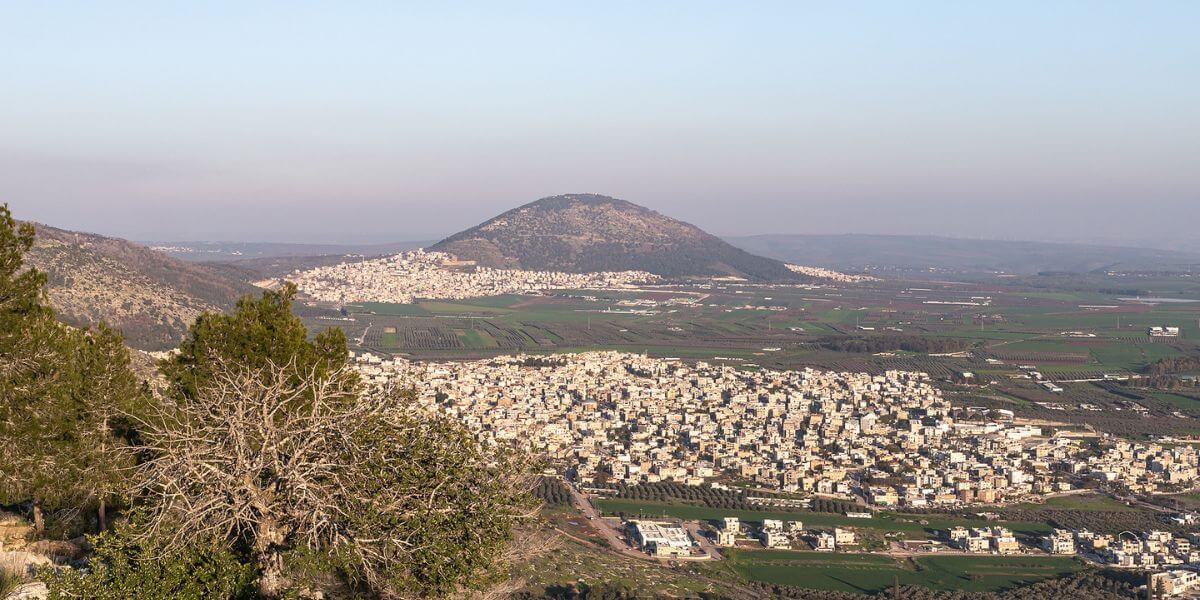
Mount Tabor
This is one of the most spectacular places on the Israel National Trail. The hikers proceed to the Lower Galilee and Mount Tabor where flowers and impressive views welcome them. They climb up the mountain and visit some fascinating sites, such as the monasteries, the remains of ancient walls, towers, etc.
Tzippori stream
Once the hikers enter the Tzippori stream area on the Israel National Trail, it’s time to relax. This section is filled with gall oaks, birch trees, and various winter and spring flowers. There are lovely streams to enjoy along the way, and sites to visit, such as improvised water pumps, The Monks Mill castle, and the remnants of a gristmill at the Alil ruins.
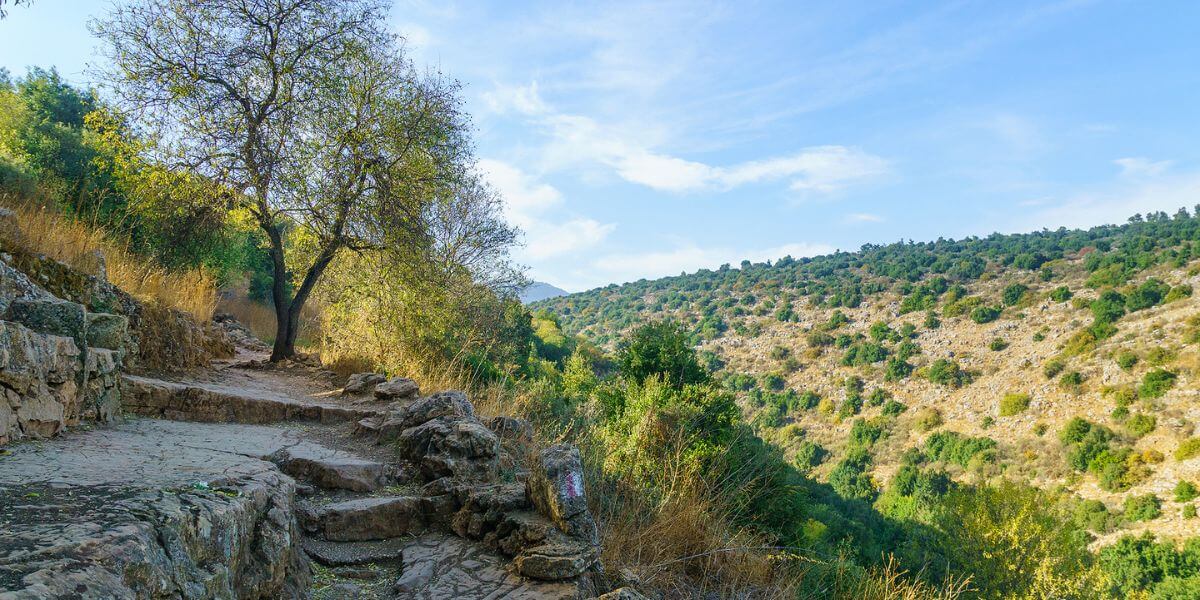
Nakhash Stream
The hikers enter the magnificent Carmel, and walk by the Nakhash Stream and down the ravine, to take in the impressive view of the Northern Coastal Plain and the Galilee. They can also see the Arbutus Curve (delightful karst) and the weaponry hiding place in Yagur. Near Yagur, this section ends and the trail extends through the Sharon plain, Gush Dan, and Shfela.
At this point, you might get hungry. Why not find a great hummus place along the trail?
Shayarot Range
Going up to the Judean Mountains, the hikers pass the Shayarot Range, observe the Coastal Plain, and through the Judean Mountains’ hundreds of kilometers of tracks and walking routes, while visiting the caves and enjoying the flowers. The trail passes through the Burma Road, then joins the Jerusalem Trail for a two-day journey to Jerusalem.
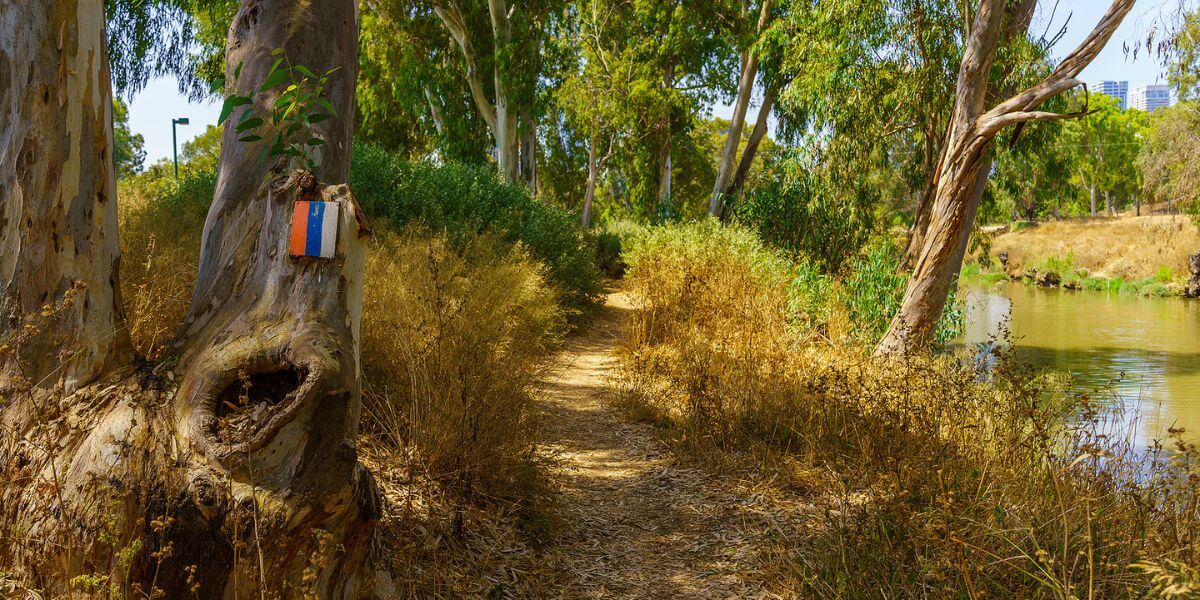
Yatir Ruins to Dragot Quarry
Hikers now reach the Yatir ruins and pass through the Yatir Forest, which is the largest forest planted by the Jewish National Fund. They proceed to the Har Amasa nature reserve to take in some phenomenal views and see the unique plants living there. Furthermore, they will see the remains of a Roman road.
Mamshit and Mamshit Stream
The hikers reach the magnificent Negev. This section passes through the ancient city of Mamshit, and the hikers get to see its alleys and churches, as well as the remnants of houses and stables. While there, they can also walk through the narrow canyon of Mamshit Stream, and see its ancient dams and the remains of ancient agriculture.
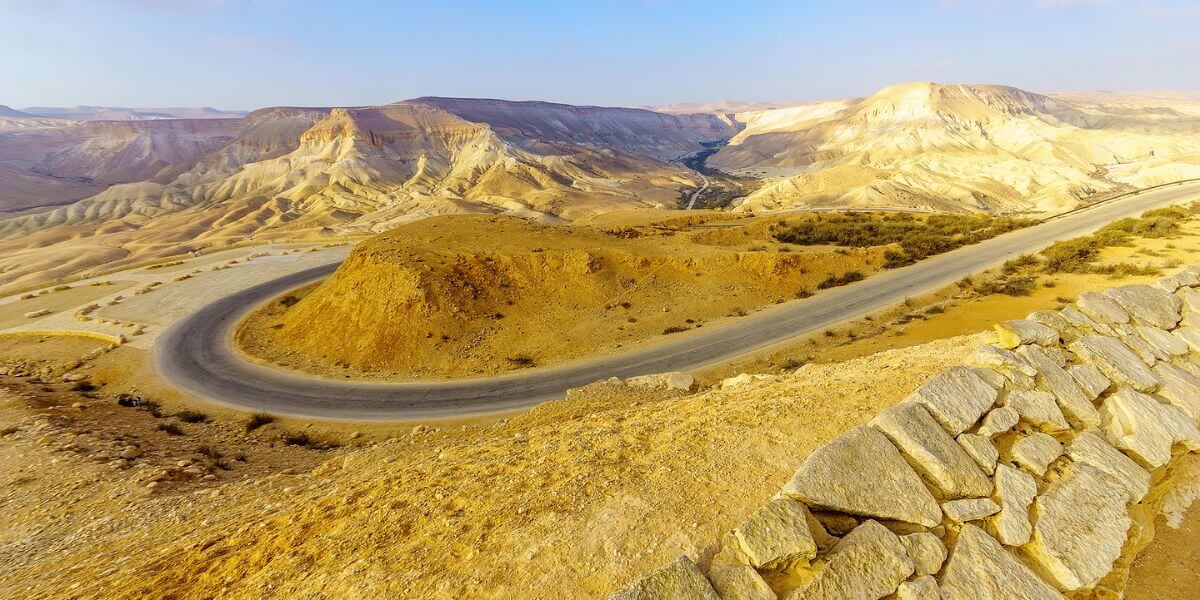
Mitzpe Ramon and Makhtesh Ramon
Hikers are now entering the section with some of the most famous sites in Israel. They visit the town of Mitzpe Ramon from which numerous tourists travel to the popular Makhtesh Ramon (Ramon Crater). While there, the hikers will see the beautiful ibex on the cliffs, roaming free.
Kisuy Stream and Ovda Valley
Next, the hikers pass the Kisuy stream and are met with Sinai-like dunes that decorate the area near Ovda Valley. In this section, they are able to enjoy the ancient remains, such as temples and ritual sites, as well as the views of the Arava desert.
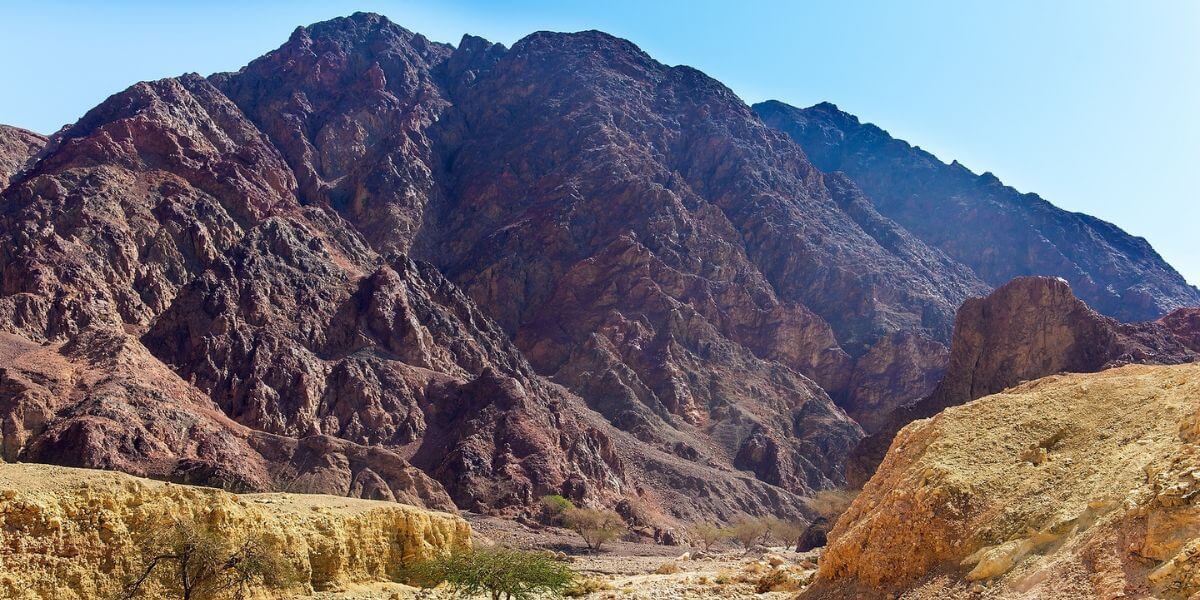
Shkhoret Stream
Lastly, the hikers reach the Eliat Mountains. Here, they admire the beauty of different shapes and colors of various rock formations, primarily composed of sandstone. They will certainly see many amazing desert plants, and perhaps even local animals.
Finally, after an approximately two-month hike, the healthier and happier hikers celebrate their hard work and their awesome achievements.
If you’re interested, why not book an Israel National Trail tour? There are so many amazing sights to see on the way, and it’s a perfect way to get to know Israel from a new perspective. Arrange a private tour with us that includes all of these amazing places.
